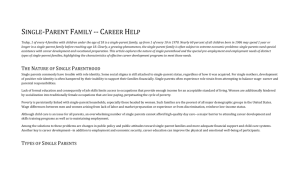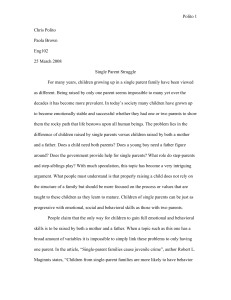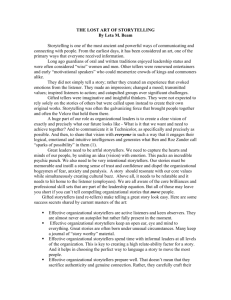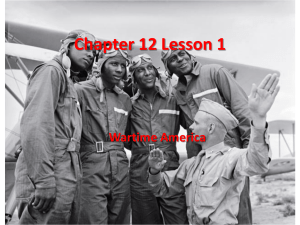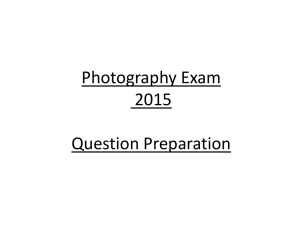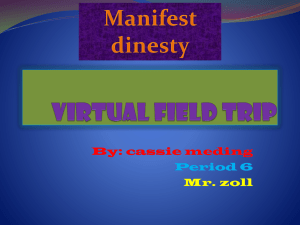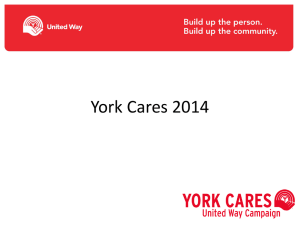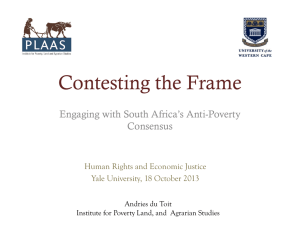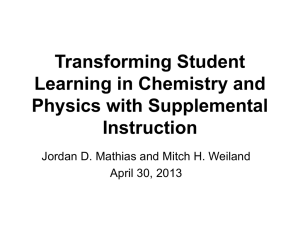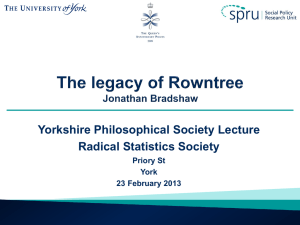Ch. 3 Slides
advertisement
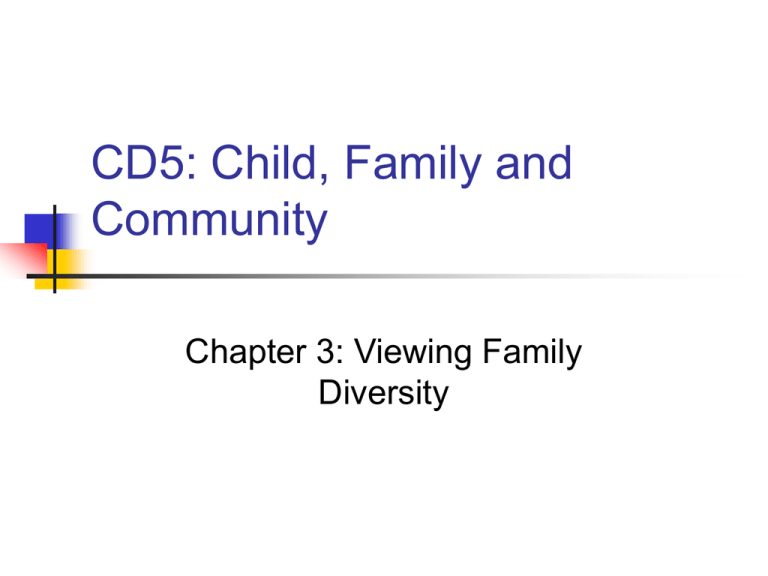
CD5: Child, Family and Community Chapter 3: Viewing Family Diversity Tonight’s Agenda 20 Questions Photographers and Storytellers task BREAK Photo Gallery and Storytellers activity Community discussion Learning update 20 Questions and Answers 1. Family structure is almost always permanent over time A) True B) False 20 Questions and Answers 1. Family structure is almost always permanent over time A) True B) False 2. A single-parent family can have several structural variations A) True B) False 2. A single-parent family can have several structural variations A) True B) False 3. Values in working class families usually differ from the values presented in school. A) True B) False 3. Values in working class families usually differ from the values presented in school. A) True B) False A) The single-parent family is 4. Which statement is becoming a common family grouping in the US today. NOT true? B) The nuclear family is becoming more predominant. C) Some children live in institutions that serve as family substitutes D) The number of extended families is increasing. A) The single-parent family is 4. Which statement is becoming a common family grouping in the US today. NOT true? B) The nuclear family is becoming more predominant. C) Some children live in institutions that serve as family substitutes D) The number of extended families is increasing. 5. Which of the following factors affect the structure, functioning and status of families? A) Cultural and racial factors B) Linguistic factors C) Socioeconomic status D) All of the above 5. Which of the following factors affect the structure, functioning and status of families? A) Cultural and racial factors B) Linguistic factors C) Socioeconomic status D) All of the above 6. The term underclass is used to describe families who are A) unskilled working people. B) affluent and hardworking people. C) people locked in a cycle of poverty. D) minorities and/or non-English language speakers. 6. The term underclass is used to describe families who are A) unskilled working people. B) affluent and hardworking people. C) people locked in a cycle of poverty. D) minorities and/or non-English language speakers. 7. Religious practices vary among major faith groups. The greatest differences are found in A) faith specific holidays. B) family interaction styles. C) holiday food choices. D) moral codes. 7. Religious practices vary among major faith groups. The greatest differences are found in A) faith specific holidays. B) family interaction styles. C) holiday food choices. D) moral codes. 8. People of more than one race are more common in the US today. This means that A) Interracial marriages are more frequent today. B) The Census allows people to indicate 2 or more races for themselves. C) Assimilation of minorities is expanding. D) All of the above 8. People of more than one race are more common in the US today. This means that A) Interracial marriages are more frequent today. B) The Census allows people to indicate 2 or more races for themselves. C) Assimilation of minorities is expanding. D) All of the above 9. Which of the following is NOT true? A) Families with special needs require more effort and planning time by school and community personnel. B) Upper income families have the same chance of having a special needs child as other families C) Poverty and lack of adequate health care contribute to the number and extent of disabilities D) None of the above 9. Which of the following is NOT true? A) Families with special needs require more effort and planning time by school and community personnel. B) Upper income families have the same chance of having a special needs child as other families C) Poverty and lack of adequate health care contribute to the number and extent of disabilities D) None of the above 10. Which of the following is considered a viable family? A) A widowed father with 2 children living with him. B) Two lesbians living together and raising an adopted child. C) An unmarried couple living together with 2 biological children. D) All of the above. 10. Which of the following is considered a viable family? A) A widowed father with 2 children living with him. B) Two lesbians living together and raising an adopted child. C) An unmarried couple living together with 2 biological children. D) All of the above. Picture & Story Group Task Find 4 other people who brought the same item (photo or story) and form your chairs into a discussion group. Get a copy of the 7 Family Questions page for each member in your group. Discuss the questions as a group. Write your answers on your answer sheet you might have something different to say on your answer sheet. This is OK! BREAK - 10 minutes Photographers & Storytellers If you brought photos: If you brought a story: Organize your story Organize them into onto note cards. groups showing Decide the order you family diversity will tell your stories Be ready to tell the Be ready to answer class about the questions about the diversity in your diversity in your collection of photos stories. Presentations Photographers will describe their photos, alternating with Storytellers telling their stories Community Discussion How would you describe the diversity in this class? What unique family perspectives do each of us bring? What can you do to learn more about the cultures and family structures of your classmates? Learning Update On a scale of 0-5 rate yourself on each of the following: 1. I read and took notes on Chapter 3 before class 2. I selected and brought photos or a family story, and thought about what I would say to the class 3. I participated in the 7 questions discussion 4. I presented information to the class during the photo gallery or the storytelling activity.
